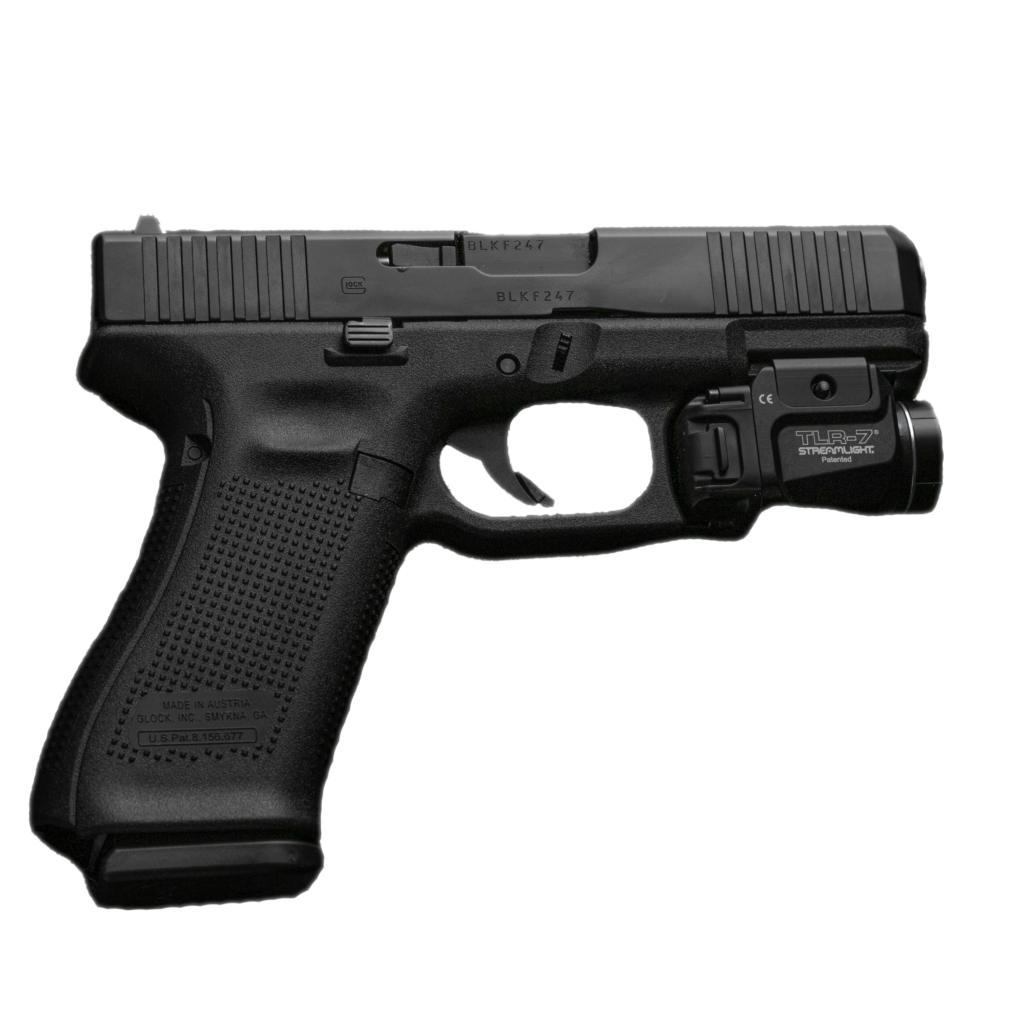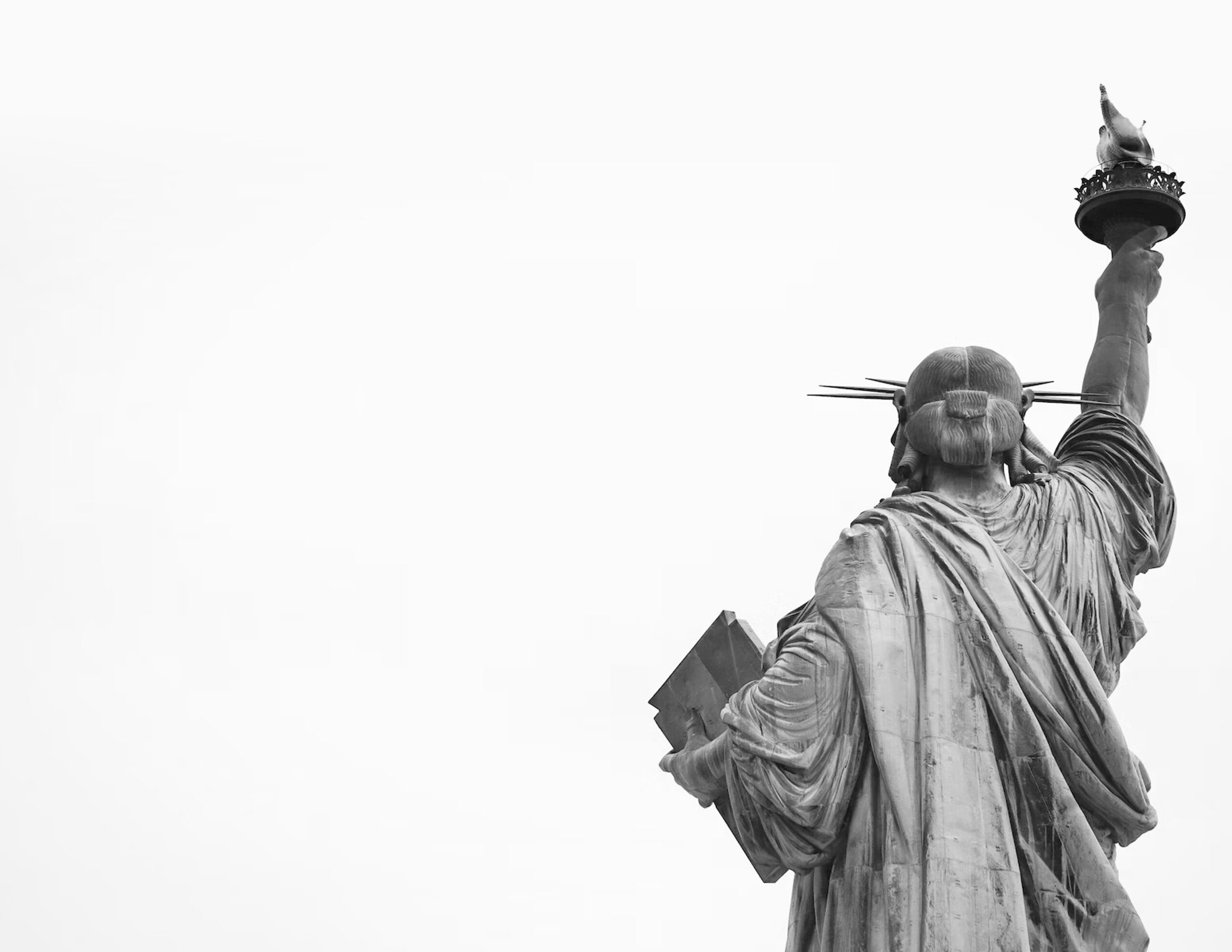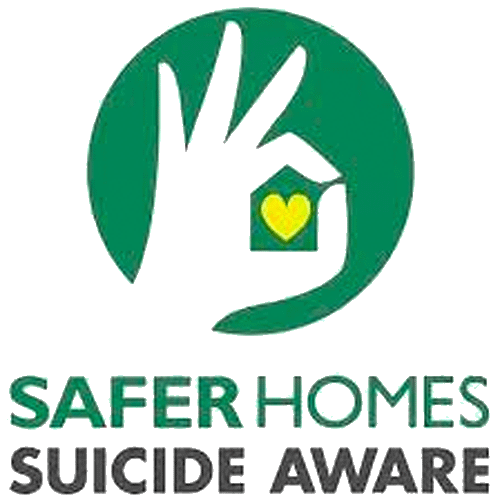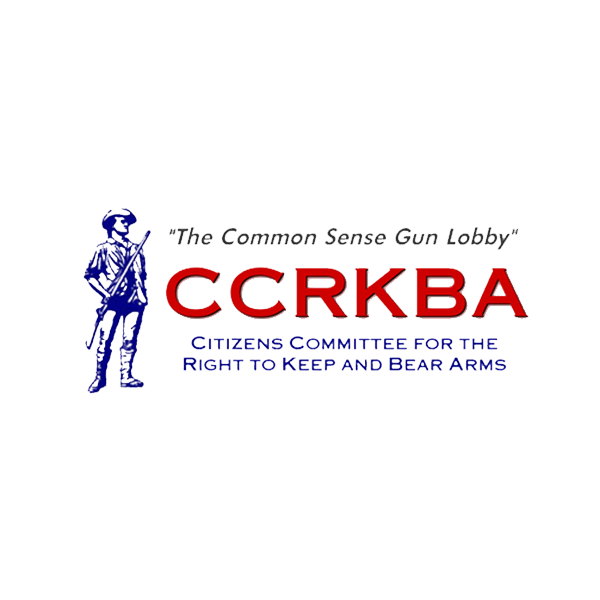
THE SECOND AMENDMENT
World Net, from Princeton University, defines a “Civil Right” as a right or rights belonging to a person by reason of citizenship including especially the fundamental freedoms and privileges guaranteed by the 13th and 14th amendments and subsequent acts of congress including the right to legal, social and economic equality. This makes gun ownership as much of a civil right as freedom of speech, religion and freedom of the press.
The Heller case challenged several laws in Washington DC that constituted a complete ban on the Second Amendment rights for D.C. residents with no exception given for self-defense. In the Heller case, the Supreme court ruled that the Second Amendment guarantees a fundamental individual right to have functional firearms in the home that are commonly owned without being connected to any service of the state or military organization. The Supreme Court also ruled that the Second Amendment is a fundamental part of the bill of rights, which guarantees citizen’s individual rights. Lastly, in this 5 to 4 decision with Associate Justice Antonin Scalia writing for the majority, the Supreme Court affirmed that Washington DC gun laws violated the Second Amendment Civil Rights of DC residents and to positively restore those rights.
Quotes from Scalia’s majority opinion:
D.C.’s requirement that lawfully owned firearms in the home, such as registered long arms, be “unloaded and disassembled or bound by a trigger lock or device” also violates the Second Amendment as it makes it impossible for citizens to use those firearms for the core lawful purpose of self-defense. (1, 58)
In sum, we hold that the District’s ban on handgun possession in the home violates the Second Amendment, as does its prohibition against rendering any lawful firearm in the home operable for the purpose of immediate self-defense.
When the U.S. Constitution was written, there was much debate over whether or not to include a specific bill of rights. Many people at the time believed that if the government made a list of protected rights, then all rights that were not on the list would be trampled. Others felt that it was necessary to include specific freedoms to keep them from being taken away by an overactive federal government. Still others felt that we needed to trust our government to lead us, and not shackle them with things they could and could not do.
Originally, the Constitution was approved without a Bill of Rights, then sent to the states for ratification. Many of the states, however, did not approve of a Constitution that did not guarantee the protection of certain rights and freedoms. So, in the process of ratification, many of the states voted for the constitution while specifically listing rights they felt should be included by amendment. Among these rights were freedom of religion, speech, and the right to keep and bear arms.
James Madison was largely in charge of drafting the original Bill of Rights. He looked over a very large list of proposed amendments which had been recommended by various states, then he narrowed them down. He submitted them to the U.S. Senate and House of Representatives, where they passed ten of them, and those ten became known as the Bill of Rights.
According to the writings cited in “That Every Man Be Armed.”
“Mr. Madison has introduced long-expected amendments…It contains a bill of rights…the right of the people to bear arms.” -Trench Coxe (p. 76).
The intent of these amendments was to protect individuals from government powers. They were meant as a guarantee to the individual state governments as well as the American citizens that the Federal government would not try to take away the freedoms which many of them had so recently fought for. Senator William Grayson wrote to Patrick Henry; “Last Monday, a string of amendments were presented to the lower House; these altogether respected personal liberty…” (p. 76).
“To preserve Liberty, it is essential that the whole body of the people always possess arms, and be taught alike, especially when young, how to use them.” (Richard Henry Lee, Virginia delegate to the Continental Congress, and member of the first Continental Congress, which passed the Bill of Rights).
HOW DOES THE SECOND AMENDMENT APPLY TO MODERN-DAY?
We believe that the Second Amendment right to self-protection and defense of liberty should be granted to all those eligible including everyone of legal age, and those who are not violent criminals or adjudicated mental incompetents.
The “militia” was provided for in Section 10 of the United States Code (often abbreviated USC). The Code is the list of all the laws that are written by the federal government. Section 10 USC 311 reads:
“All able-bodied males at least 17 years of age…and under 45 years of age who are or have made a declaration to become a citizen of the United States.” Additionally, another provision allows for a “reserve militia” (as opposed to the “ready militia” described above), that includes women, children and the elderly.
FACTS AND STATISTICS
Statistics are valuable tools, since they are able to summarize an argument in a few numbers, and are able to present a good picture of the problem when used honestly. Here are some statistics that spell out major parts of the gun-rights battle.
- There are over 250 million privately owned firearms in the United States according to FBI estimates.
- There are an estimated 65 million handguns in private circulation in the United States. (FBI Law Enforcement Bulletin, 9/1997)
- The fastest growing group of gun owners is women, according to Gary Kleck in Targeting Guns.
- Firearms are used defensively roughly 2.5 million times per year, more than four times as many as criminal uses. This amounts to 2,575 lives protected for every life lost to a gun (Targeting Guns).
- The accidental firearm death rate is at its lowest point since records were started nearly 100 years ago according to Injury Facts 2000 from the national Safety Council.
- Motor-vehicle accidents, drowning, suffocation, and fires each kill more children under the age of fifteen than do firearms.
- Less than one handgun in 6,500 is ever used in a homicide.
This depends wholly on what state you are living in. Because of our federal system of government, each state has a different set of laws regarding firearms. Some are very restrictive, others are not. There are also federal laws that apply to all of us, particularly regarding what types of weapons one can purchase, who can sell guns, and who is allowed to buy them. It is estimated that there are over 20,000 gun laws.
GUN CONTROL
The Brady law is a federal law (18 USC 922(t)) requiring instant background checks on prospective gun buyers. When a firearms dealer sells a handgun, shotgun, or long rifle to a prospective buyer, a background check must be performed on that person in order to ascertain whether or not that person is prohibited from owning a firearm due to past criminal actions.
Gun control laws vary dramatically from country to country.
Gun control groups with millions of dollars to spend represent a huge threat to gun ownership. It is the constant specter of this threat that has driven the creation of numerous large gun-rights groups formed by law-abiding gun owners. The magnitude of the response from gun owners has been in direct response to the seriousness of the threat of gun control. Every year, law makers look to gain popularity amongst certain groups by passing ever-more restrictive gun laws. Many have claimed that outlawing all guns is the eventual goal. If you follow statistics, though, they show that gun bans are generally followed by spikes in crime rates. Not to mention that our civil rights should be sacred. Thus, we believe this is a very dangerous threat.
We believe absolutely that guns should not be banned. We believe that in our constitution, gun ownership is protected just like freedom of speech, and the freedom from cruel and unusual punishment. We believe that the Bill of Rights are interdependent, in other words that you cannot pick which ones to honor, and which ones to ignore. If this is allowed, no civil rights are safe. We also believe that the right to defend one’s self is a basic human right, and that banning guns would deprive law-abiding citizens of the ability to defend themselves from armed criminals. We also believe that gun ownership keeps crime down, and that that claim is supported by scientific research. John Lott, Jr., a researcher at Yale University, found that on average, violent crime dropped by 4 percent for each 1 percent increase in gun ownership. Also, firearms are used defensively 2.5 million times every year, more than four times as many as criminal uses. This amounts to 2,575 lives saved for every one taken by a gun.
ABOUT GUNS
A trigger lock is the name that is given to any number of devices that “lock” the trigger in place, or otherwise prevent it from being pulled, and consequently discharging the firearm. In many cases, trigger locks can be a valuable safety tool, as they are designed to keep an unauthorized person from using your firearm. However, in cases of self-defense, if one has to unlock their trigger lock before being able to use their gun, they are liable to lose very valuable time.
The term machine gun applies to a broad group of guns that are automatically loaded and fired. These are usually defined as a breech loading gun mounted on a carriage or some sort of holder, which are able to repeatedly fire large numbers of bullets simply by holding down the trigger.
This depends on what state you are living in. Different states have different lists of legal guns, and illegal guns. For a better answer to this question, it is best to contact the state police in your home state about the gun in question.
The designation which turns a regular rifle into an assault rifle is largely cosmetic and arbitrary. In fact, most people cannot agree exactly what an assault rifle is. This has led to a very interesting debate over the legality of a weapon that most people involved in the debate could not even define. The term “assault rifle” has been used by the military, by gun retailers to increase the “romance” of some guns, and by gun-control advocates to scare people. The term, as it is used today, mainly is based off of whether a weapon looks scary or not instead of on any functional difference. Since the name is sinister, gun-control groups try to tack it onto as many different guns as they can. By military definition, assault rifles are “selective firearms (full auto-continuous, or burst fire plus auto-loading) of sub-caliber.” However, these guns are already heavily regulated, restricted, heavily taxed, and require special licenses. Thus, the cry for restrictions on “assault weapons” has already been answered. However, it has not silenced the gun-control crowd, who continue to attempt to expand the definition of assault rifle.
Most weapons that are now called assault weapons are semi-automatic (meaning that for each pull of the trigger, one bullet is fired, and another is automatically loaded into the chamber) which makes them functionally indistinguishable from many other perfectly legal weapons that are routinely used for hunting, target shooting, or pest control on a daily basis. Most of the features that makes these guns assault weapons are purely cosmetic. One such law in California banned all guns with ammunition clips that were in front of the trigger. This had little effect on the guns functionally. However, it did make an Olympic caliber target shooter into a criminal, since her target pistols were now officially “assault weapons.” Likewise, simply having a metal stock as opposed to a wooden one can turn a hunting rifle into an “assault rifle.”
The designation semi-automatic simply means that the gun loads a bullet in the chamber automatically, without the user having to take an extra step to do so. Thus, every time the user pulls the trigger, one shot is fired, and the next one is loaded. An “automatic” weapon allows the user to fire multiple bullets with one pull of the trigger. When the user pulls the trigger and holds it down, the gun fires a round, automatically loads the next round, and fires that one also, etc…
GUN LAWS AND CRIME
Gun safety is one of the most important methods for reducing the number of gun deaths. Families that own guns have a responsibility to keep them safely stored, so that only the intended users can actually use them. Also, proper education about firearms makes gun ownership significantly safer. Even many of the original supporters of the 2nd Amendment, such as Richard Henry Lee, stated the importance of teaching children about firearms.:
Also, having higher rates of gun ownership is likely to reduce the rate of violent crime. When guns are banned, there is low gun ownership amongst law-abiding citizens. Thus, the criminals know that they are the only ones who are armed. Time and again, when places have banned guns, rates of violent crime and burglary have skyrocketed. When law-abiding citizens are disarmed, the criminals are free to terrorize the public with no threat of consequence.
Finally, enforcement of existing gun laws would go a long way in getting guns out of the hands of those who have shown a propensity for misusing them. Stringent enforcement of existing laws is a much better method of reducing crime and gun deaths than the creation of more unenforceable legislation.
That being said, the accidental firearms death rate is at its lowest point since records were started nearly 100 years ago, according to Injury Facts 2000, from the National Safety Council.
Forty-three state constitutions have specific references protecting citizen’s rights to self-defense. In the other seven states, the right is protected statutorily. The constitutions typically state that a citizen can bear arms in defense of himself, and the state. However, it is a good idea for an individual to research the specific defense statutes in their state.
A gun is a great way to protect your home and family, however its safety depends on the user. If members of the house are responsible and educated gun-owners, then having a gun in the house will make it a safer place. A gun is significantly more likely to be used in defense of your home and family than be used in an irresponsible manner. Motor vehicle accidents, drowning, suffocation, and fires each kill more children under the age of fifteen than do firearms. If you think it is safe to have a bathtub in your house, then it is also safe to have a gun there.
Florida State University criminologist Gary Kleck reports that guns are used defensively about one million times per year. Ninety-eight percent of those times, not a single shot is fired, since the criminal runs away at the sight of the gun. Researcher John Lott, using fifteen surveys from such organizations as the Los Angeles Times, and Gallup, concluded that guns were used defensively 760,000 to 3.6 million times. No matter which side you err on, that is a lot of defensive gun uses, definitely more than are hurt in gun violence in any year. In light of those statistics, the question changes into: Is it safe NOT to have a gun in your house?
The specific definition of self defense – particularly defense justifying the use of lethal force – differs from state to state. The basic qualifications, however, center around a legitimate threat to your life. Self-defense usually is justified if you believe your life or health is in immediate danger. The proof thresholds for this differ according to state laws. Some states say that by an individual entering private property, then the resident of that property can justifiably assume he is at risk. Others say that you are only allowed to defend yourself if a criminal is in the process of attacking you.
The gun show loophole is often cited by gun-control groups as a reason to end the popular gun-shows. They claim that guns are sold without the required background checks, and that criminals often use these shows to acquire guns.
The truth is that gun shows are regulated in the same manner as all other gun sales. Firearms dealers, the vast majority of the people selling firearms at gun shows, are legally required to perform FBI background checks on a person before selling them a gun. This is true anywhere in the United States, and is also true at gun shows. However, a non-dealer, like someone who wants to sell his hunting rifle to his cousin, is not required to perform a background check. So, if a private individual wants to sell their gun collection, they are allowed to rent a table at a gun show, and are subject to the same restrictions as they would be if they set up a garage sale. Gun control organizations say that 40% of the gun show dealers are unlicensed. This, however, is a dishonest claim. That 40% mark is only reached if you include all vendors, including ones that are only selling popcorn, or t-shirts.
Also, gun control groups say that criminals prefer to get guns at gun-shows, though statistics say that the number of criminals who get guns there is negligible, and hardly worthy of even reporting. According to the Bureau of Justice statistics, based on interviews with prisoners, less than .7% of criminals get their guns at gun shows. 78.8% get their guns off the street or from family members. The real target of the “gun show loophole” laws are law-abiding gun enthusiasts, whom gun control groups would like to disarm.
According to CDC Reports, in 2010 there were 36 accidental gun deaths of children under the age of ten. In 2/3 of these, the shooter was an adult male with a criminal background. There are estimated to be 41 million children under the age of ten. In 2010, there were 609 deaths by drowning, 262 by fire, 54 poisoned and motor vehicle accidents claimed 923 lives of children under 10.
REFERENCES
Second Amendment Foundation
12500 NE Tenth Place
Bellevue, WA 98005
(425) 454-7012
Citizen’s Committee for the Right to Keep and Bear Arms
12500 NE Tenth Place
Bellevue, WA 98005
(425) 454-4911












